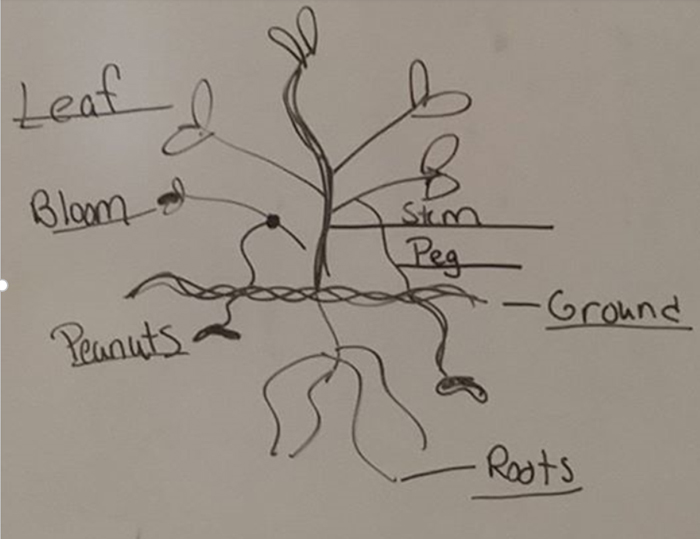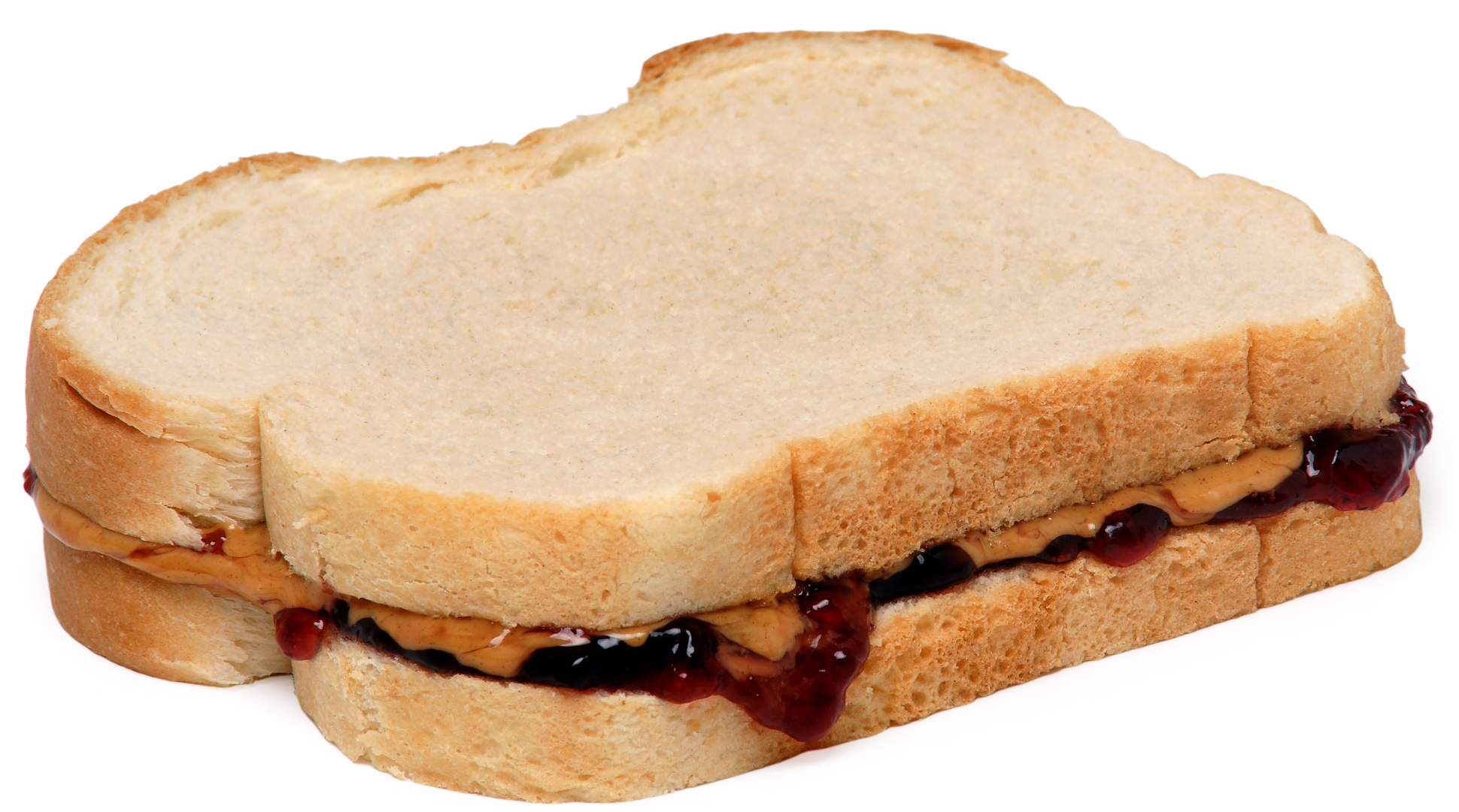by Carie Moore
April 2 is national Peanut Butter and Jelly Day! I’m working on a grant with the American Agri-Women Foundation, North Dakota FFA Foundation, North Dakota Agri-Women, and NDFB; a project titled "Dakota Maid and Gave" is giving students local ties to agriculture and their food and providing books, ag mags, and samples to make PB&J sandwiches in their classrooms. Since I can’t go into the schools like I had planned, it’s only I fitting I take my lesson to a blog.
Did you know the first documented PB&J sandwich was in 1901? It became a hit in the 1920s when bread started to be sliced and kids could make the sandwiches themselves.
In order to make the traditional favorite, you need bread, jelly, peanut butter or a nut alternative such as sun butter. In North Dakota we grow Durum, which is ground at our state-owned mill (https://www.ndmill.com/) to produce flour specialized for bread and also pancake mix. Jelly is locally made from a variety of fruit growers, home gardeners, and sold at farmers markets, bazaars, and local fundraisers. Many different jellies and jams come from the large variety of specialty berry bushes we grow here and some fruits. Peanuts come from the south. By the way, March was National Peanut Month. With many schools going nut free due to allergies, this helps farmers in the northern states market their sunflowers to make sun butter as a replacement.
Wheat is a grass crop, sunflowers are an oil seed crop, peanuts are a legume, and fruit is well, a fruit! Peanut/sun butter and jelly sandwiches provide a great blend of proteins, carbs, fats, and fruits to your diet. They provide quick and nutritious meals for families on the go or for those that have a food need due to financial restrictions. It’s a budget friendly meal and one that supports your local business, families, and farmers!
Mom hacks: If you shop in the bulk food aisle, typically the large can of peanut butter or jelly jars are cheaper per ounce than the ones in the peanut butter aisle. You can get a very large can for the same price as one on the shelf in the other aisle.
Jelly can make one slice of bread soggy from the high water or juice/syrup content which can cause problems when made ahead and packed in a lunch. Solution: take advantage of the hydrophobic properties of oil present in the peanut butter and create a barrier. Spread peanut butter on each slice and leave the jelly in the center. The sandwich will be soggy free!
Some interesting facts about peanuts you might not have known before can be found at: https://youtu.be/D1ahVyO25Fc
The books I use and read in the classrooms are:
PB and J Hooray by Janet Nolan
From Peanut to Peanut Butter by Robin Nelson (Start to Finish book) and another by Bridget Heos
From Strawberry to Jam by Lisa Owings (Start to Finish book)
From Wheat to Bread by Bridget Heos
Interactive Ag Mag on Wheat http://www.agintheclassroom.org/TeacherResources/AgMags/Wheat_Smartboard.pdf
I haven't had a PB&J sandwich in years, and I had to get up and make one while writing this. I bet you want one now too! Wheat or white bread? Crunch or creamy peanut butter? Grape or strawberry jelly? Let's make this fun! Watch for a voting link on my Facebook page!
Check out this link about peanuts. It may shock you that I would know this, but not really, if you know me well: https://www.nationalpeanutboard.org/news/heres-how-cup-joe-inspired-this-farmer-to-make-coffee-from-peanuts.htm

 Carie is a mom and farmer from the Rock Lake, N.D. area. She is the District 4 representative on the NDFB Promotion and Education Committee.
Carie is a mom and farmer from the Rock Lake, N.D. area. She is the District 4 representative on the NDFB Promotion and Education Committee.
